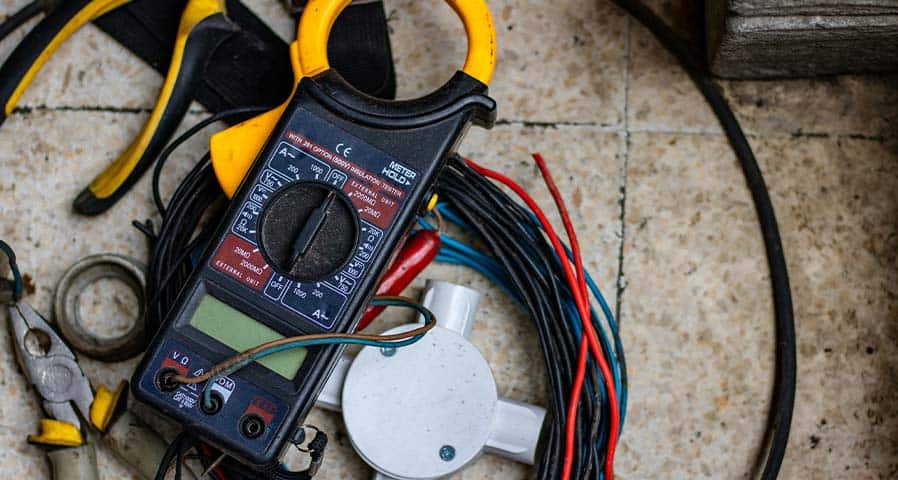Commercial buildings, bustling with electrical activity, demand a meticulous approach to wiring methods to ensure efficiency, safety, and compliance with standards. Electrical engineers and designers face a myriad of decisions when selecting wiring, cabling, and busway systems. Factors such as local regulations, project type, cost considerations, and future goals for the building play pivotal roles in determining the most suitable wiring method.
Navigating the National Electric Code (NEC)
The 2017 edition of NFPA 70, known as the National Electrical Code (NEC), serves as the guiding light for engineers and designers in selecting wiring methods. The “when,” “where,” and “why” of applying specific wiring methods are intricately tied to NEC regulations.
Raceway and Conductor Methods
Within the vast landscape of NEC regulations, Chapter 3 covers various wiring methods, with a specific focus on commercial construction applications of 600 volts or less. Articles 300 and 310 delve into the general requirements for wiring methods and materials, as well as the specifications for individual conductors used in these methods.
The raceway and conductor method involves the use of metallic or nonmetallic conduit or tubing, with multiple insulated phases, neutral, and possibly an equipment ground conductor. This method provides flexibility and is tailored to the design plans and specifications of the project. Common types of raceways in commercial applications include Intermediate Metal Conduit (IMC), Rigid Metal Conduit (RMC), Flexible Metal Conduit (FMC), and more.
Advantages and Disadvantages of Raceways, Conductors
While raceways offer flexibility for changes in circuit configuration and can be installed in various locations, they come with certain limitations. The installed costs are generally higher due to labor-intensive installation, and some types of conduits have restrictions on their use in specific environments.
Manufactured Cable Assembly Methods
NEC Articles 300 and 310 also extend to manufacturing cable assemblies, which consist of multiple insulated phases and neutral conductors enclosed within either metallic or nonmetallic sheaths. Common types include Armored Cable (AC), Metal-Clad Cable (MC), and Nonmetallic Sheathed Cable (NM).
Advantages and Disadvantages of Cable Assemblies
Cable assemblies often present cost advantages and faster installation times, but they are not as flexible for changes in circuit configuration. Planning and coordination during installation are crucial, and some jurisdictions may have restrictions on the use of certain cable types.
Busway Methods
A distinctive wiring method is the busway, also known as the bus duct, categorized under NEC Article 368. Busways are metal-enclosed raceways with factory-mounted busbars, available in feeder or plug-in configurations with insulated or bare conductors.
Advantages and Disadvantages of Busways
Busways offer compactness, flexibility in load takeoffs, and reduced voltage drop. However, they may have a higher installed cost, susceptibility to water leaks, and limitations in certain applications.
In the intricate landscape of commercial building wiring methods, each approach has its merits and considerations. The choice between raceway and conductor methods, manufactured cable assembly methods, and busway methods involves weighing functionality, flexibility, and cost. It is essential for engineers and designers to navigate the NEC regulations carefully, considering the specific needs and goals of each commercial project.
Electrical Projects with Action Services Group
The wiring methods employed in commercial buildings lay the foundation for a safe, efficient, and compliant electrical system. By understanding the advantages and disadvantages of each method, professionals can make informed decisions that align with the unique requirements of their projects. Contact Action Services Group to discuss your upcoming electrical project and how to meet NEC standards. Call 610-558-9773, email [email protected], or schedule a call to discuss your options.






































0 Comments